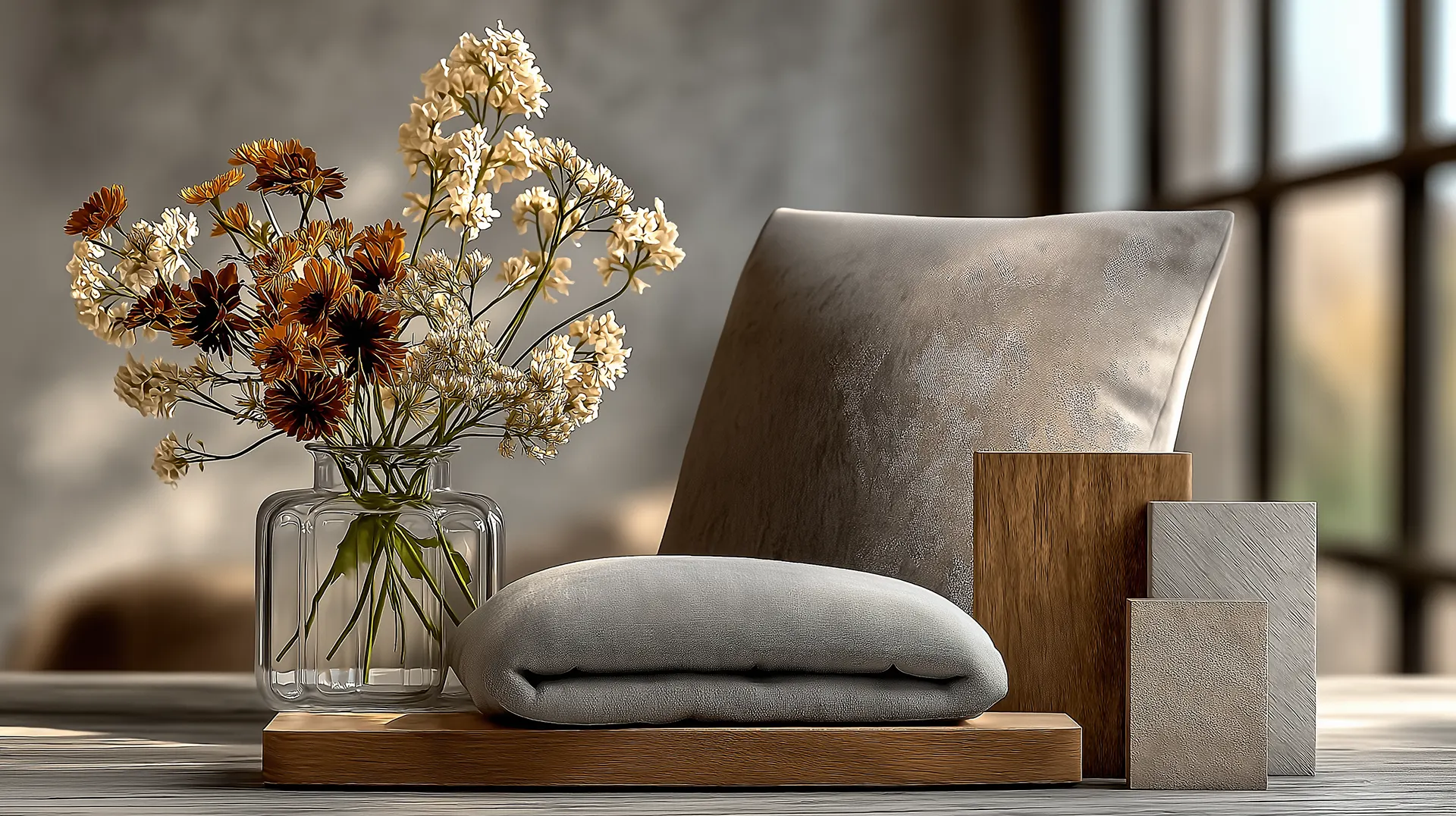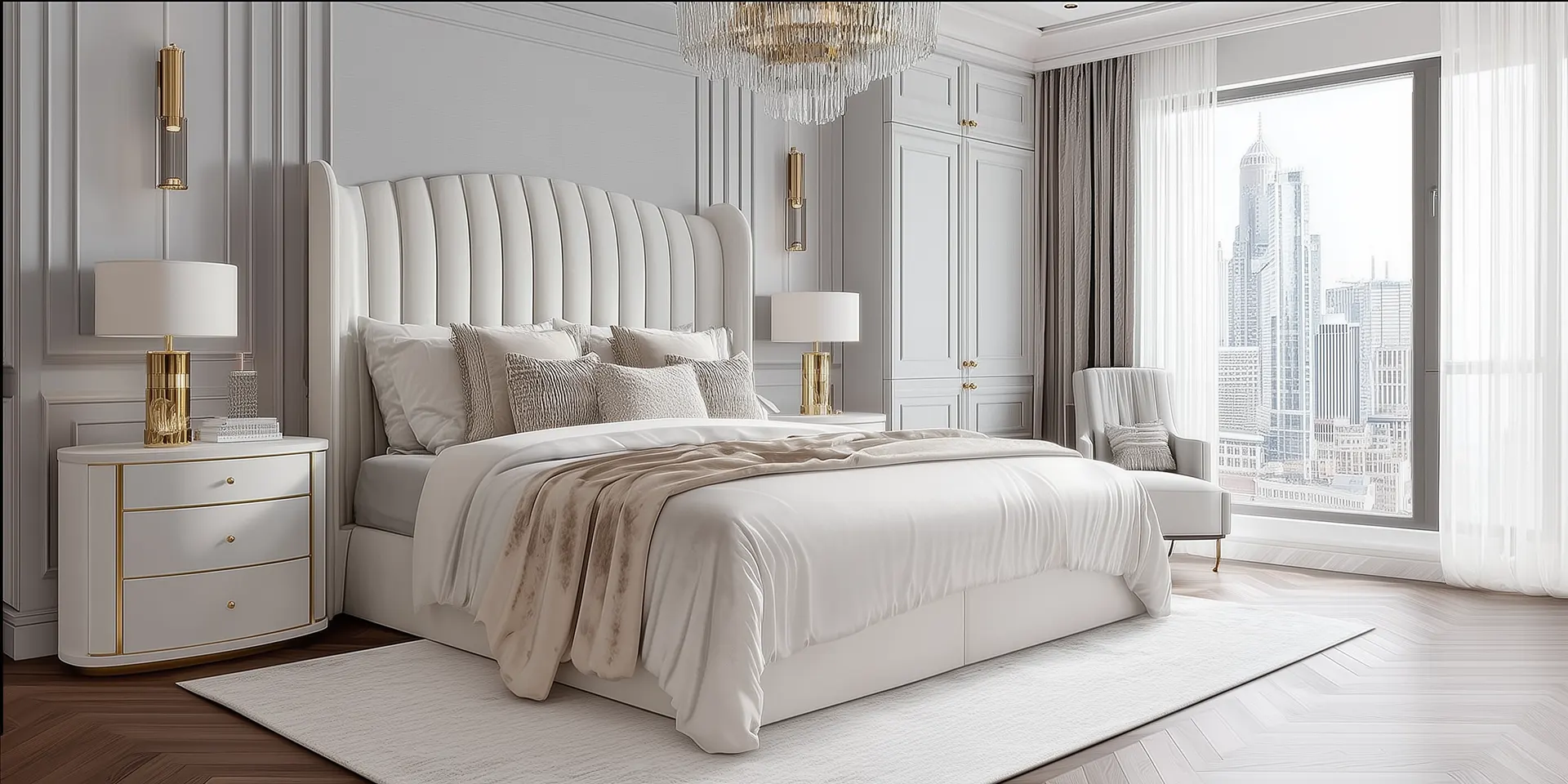Color Psychology in Home Design: Painting Your Way to a Happier Home
The colors surrounding us in our daily lives wield extraordinary power over our emotions, energy levels, and overall well-being. Interior designers have long used this knowledge to create spaces that not only look beautiful but also support mental and physical health.
Every shade carries its own psychological fingerprint, capable of triggering memories, influencing mood, and even affecting physical responses like heart rate and blood pressure. While personal preference often guides our choices, understanding the science behind color allows for more intentional decisions that enhance our living environments.
The most successful interiors combine visual appeal with emotional intelligence — using color strategically to enhance productivity in workspaces, promote relaxation in bedrooms, and encourage connection in social areas. This transforms paint selection from a purely aesthetic choice into a powerful tool for improving daily life.
1. Warm Colors for Energy and Connection
Warm colors — passionate reds, energetic oranges, and sunny yellows — create intimacy and stimulate conversation, making them ideal for social areas. Red can be dramatic and energizing but should be used carefully to avoid overstimulation.
Orange blends red’s energy with yellow’s cheerfulness, perfect for dining rooms, kitchens, and family spaces. Yellow, often called the happiest color, promotes optimism and mental clarity, with softer shades working best for long-term comfort.
Many Manhattan home designs incorporate these warm tones as accents — in artwork, textiles, or cabinetry — adding vibrancy without overwhelming the room.

2. Cool Colors for Calm and Focus
Cool colors — calming blues, restful greens, and sophisticated purples — naturally lower blood pressure and heart rate, supporting relaxation and focus.
Blue promotes trust and stability, making it perfect for bedrooms, bathrooms, and home offices. Green reduces eye strain, creating balanced and refreshing spaces. Purple adds luxury and creativity, with lavender tones soothing and deep eggplants adding drama.
When working with any licensed home improvement in New York, these cooler shades often form a calm foundation, allowing homeowners to layer trendier accents without overwhelming the space.

3. Neutrals for Timeless Versatility
Neutral colors — whites, grays, beiges, and blacks — provide a timeless backdrop that highlights architecture and furnishings. Warm neutrals like cream and taupe add coziness, while cool neutrals like dove gray offer a crisp, fresh atmosphere.
In a luxury big kitchen design, layering neutral tones and textures prevents the space from feeling flat, ensuring countertops, cabinets, and backsplashes complement each other harmoniously.
The most refined color schemes often start with a neutral base and add one or two accent colors that can be easily updated, ensuring the design feels intentional, balanced, and perfectly suited to both the home and its inhabitants.
Budget-Friendly Bathroom Bling: Upgrades That Won’t Break the Bank
Your bathroom doesn’t need a complete overhaul to feel fresh, luxurious, and completely transf
Bringing the Outside In: Designing with Nature’s Influence
Human beings have an innate connection to the natural world, known as biophilia, rooted in millions
The Ultimate Home Spa: Creating a Luxurious Bathroom Retreat
The bathroom is one of the few spaces where we can truly escape daily demands, yet many settle for p




